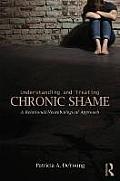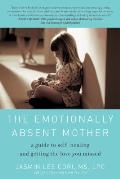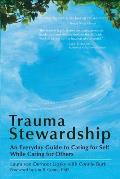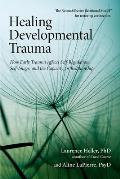Subtitle: A Relational/Neurobiological Approach
Recommended to me by: Ani Rose Whaleswan
Patricia DeYoung says that although shame feels like a one-person problem, believing “There is something terribly wrong with me,” she defines it as a relational problem: Shame is an experience of our felt sense of self disintegrating in relation to a dysregulating other. Expecting attunement or regulation, we experience fragmentation instead, and immediately push that intolerable experience out of consciousness.
Shame is healed by right-brain connection, not left-brain reasoning and affirmations.
The book is filled with both lively client stories and technical psychological theory. It’s validating to know that researchers are beginning to understand relational trauma at a neurological level. It’s even better to know that relational therapists are holding this information about shame compassionately in mind while creating a healing space for their clients.
When our clients are able to feel their shame, letting the light and air get at it, we must stay honestly present with them. We have to encourage them to feel this most difficult emotion when what we want to say is: No, you are not ugly or worthless. No, I have never experienced you as selfish or stupid. Of course we would like to convince them that they are worthy, lovable persons. Instead, we must help them push through the language of ugly, stupid and worthless to the even more painful feelings of deep shame, feelings of not mattering at all to anyone, feelings of needing someone and finding no one, and feelings of disintegration and annihilation.
(Italics in original)
There is procedural advice for therapists: how to create a non-shaming environment, how to co-create narratives that include right-brain processing, how to discuss shame directly. Oddly, for a book about right-brain healing, touch is not mentioned anywhere.
Unlike many books that skip over the disorganized attachment style, this book addresses it and its “fearful chaos” directly.
The book also discusses mutual enactment, when client and therapist trigger each other’s deep shame, and yet keep working together with underlying good intentions. The mutually stuck pattern shifts not with dramatic insights, but incrementally, yielding little by little to moments of seeing each other more as whole people rather than just threats.
Highly recommended for therapists and others willing to wade through sections of psychological theory.






